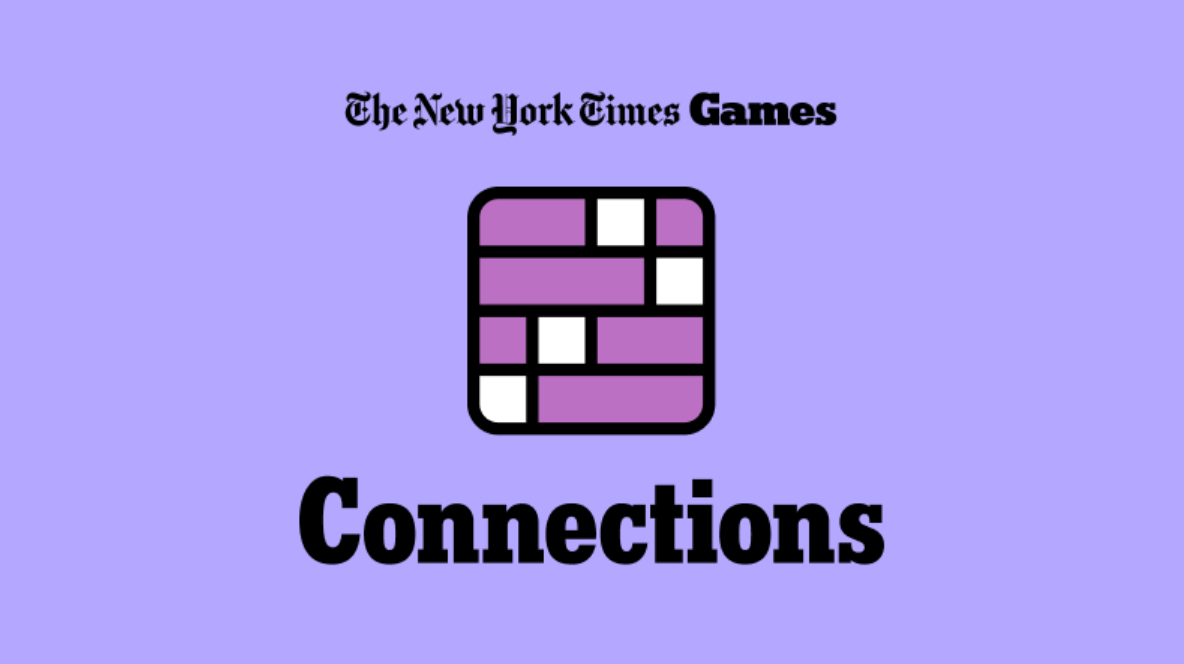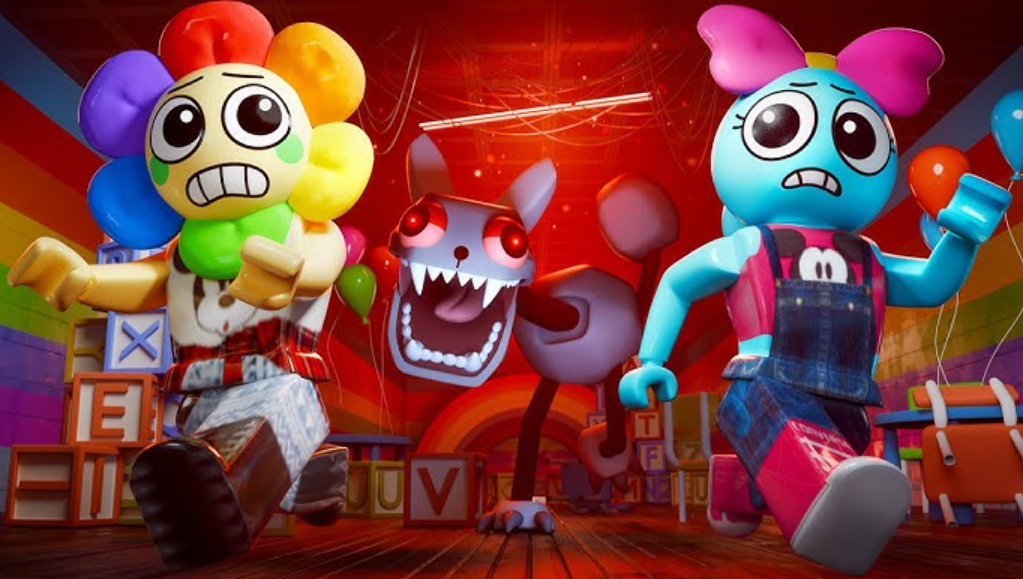Introduction to NYTimes Connections
If you love brain teasers, word games, or just a clever challenge to kick off your day, you’re going to fall head over heels for NYTimes Connections. Created by the same brilliant minds behind Wordle and Spelling Bee, this puzzle has taken the digital world by storm. It’s simple, addictive, and incredibly fun. And best of all? It’s great for your brain.
What is NYT Connections?
NYTimes Connections is a daily online word game from The New York Times Games team. The game presents you with 16 words. Your mission? Group them into four sets of four, where each group shares a hidden common theme. The themes could be as clear as “Colors” or as tricky as “Movie Villains.”
Unlike Wordle, Connections taps deep into your understanding of word meanings, relationships, and patterns—offering a rewarding experience for language lovers and puzzle fans alike.
How to Play NYTimes Connections: A Step-by-Step Guide
Want to master the game? Here’s how you play:
- Visit the New York Times Games site or app.
- Open the Connections game.
- You’ll see a grid of 16 random-looking words.
- Start dragging words you think go together.
- Hit “Submit” to see if you’ve found a valid group.
There are four color-coded difficulty levels:
- Yellow – Easiest
- Green – Easy
- Blue – Medium
- Purple – Hardest
You have four chances to make mistakes. After that, it’s game over. But don’t worry—every day brings a new puzzle and a fresh chance to win!
NYT Connections Today: Where to Play & Daily Updates
To access the puzzle, head over to the NYTimes Games website or download the NYT Games App. Every day at midnight, a new game drops. Want help? Tons of blogs and social media communities share daily hints (but avoid spoilers!).
Bookmark the Connections homepage, or set a daily reminder. It’s a fantastic way to boost your vocabulary and start the day feeling smart.
Best Strategies to Master NYT Connections
Solving the puzzle is about more than luck. It’s about thinking like a language expert.
- Use elimination. If two words seem unrelated, drop them.
- Spot patterns. Colors, numbers, emotions, phrases—nothing is off-limits.
- Watch out for traps. Some words are meant to mislead.
- Group from the obvious. Solve the Yellow group first—it gives confidence.
Top players think semantically. They connect meanings, not just appearances. This is where semantic SEO and NLP-like thinking comes into play—just like Google, you’re trying to understand the intent behind the words.
Common Themes and Categories in NYT Connections
Here are examples of themes you might find:
- Pop Culture – Celebs, movie titles, TikTok trends
- Slang – Teen talk, Gen Z lingo
- Science – Planets, elements, species
- History – U.S. Presidents, ancient cities
- Food – Breakfast dishes, types of pasta
The variety makes every puzzle feel like a mini adventure in knowledge.
NYTimes Connections vs Wordle vs Spelling Bee
All NYT games are brilliant. But here’s how they differ:
- Wordle: Guess a five-letter word in six tries. Logical deduction is key.
- Spelling Bee: Make as many words as you can from seven letters. It tests creativity.
- Connections: Link words by meaning. Requires semantic insight.
NYTimes Connections is arguably the most intellectually stimulating of the three, making it ideal for thinkers, readers, and anyone who loves a “click” moment of insight.
How the Algorithm Behind NYT Connections Works (NLP Angle)
Ever wonder how the puzzles are crafted? The New York Times uses a mix of human editors and algorithmic tools. Natural Language Processing (NLP) helps suggest word groups and detect meaning clusters.
They analyze:
- Semantic similarity between words
- Word usage patterns across different contexts
- Cultural relevance and freshness
The human team refines these groups, ensuring quality and delight. It’s like a blend of AI magic and editorial genius.
Community and Social Features
One reason for the game’s meteoric rise is its social aspect. Players love sharing their results, especially if they solve the puzzle in fewer moves.
Reddit threads, Discord servers, and Twitter communities dissect puzzles daily. They also create hilarious memes around tough words or misgroupings. It’s a feel-good vibe where everyone cheers each other on.
Also, if you’re a fan of internet pop culture, you’ll notice the occasional crossover with trending topics, including names like Karen Read or viral personas like the chill guy. These playful references keep the game feeling modern and alive.
Why NYT Connections is a Cognitive Workout
Did you know that solving word puzzles daily can boost brain health?
Studies show that activities like Connections improve:
- Cognitive flexibility
- Memory retention
- Pattern recognition
- Language processing
And since it’s fun and rewarding, you’ll actually stick with it—making it one of the best digital brain exercises out there.
Hidden Easter Eggs and Fun Facts About NYT Connections
- The game was inspired by classic word-grouping games from the 90s.
- Editors sometimes sneak in holiday or seasonal themes.
- Some users keep personal streaks or even journal their wins.
- The game adjusts slightly based on real-time user feedback.
Look closely and you might catch a clever pun or niche pop culture nod. The NYT Games team loves surprises!
Conclusion: Why NYT Connections Is the NYT Game to Watch
NYTimes Connections isn’t just a game—it’s a movement. A smart, joyful, shareable experience that turns your morning coffee into a language-loving, brain-buzzing ritual.
Whether you’re new to puzzles or a seasoned Wordle warrior, Connections offers a daily boost of positivity, discovery, and fun. It’s fresh, fair, and fiercely satisfying.
Start playing today, and see why everyone from linguists to your neighbors can’t stop talking about it.
FAQs About NYTimes Connections
What is the NYTimes Connections puzzle?
The NYTimes Connections puzzle is a daily word grouping game where you sort 16 words into four hidden categories based on meaning or theme.
How do you play NYT Connections?
You group words that share a common theme and submit them. You have four chances to make mistakes before the game ends. It’s available on the NYT Games site or app.
Where can I find hints for NYT Connections today?
Hints are often shared on Reddit, X (formerly Twitter), and puzzle-solving blogs. Be careful—some include spoilers!
Is NYTimes Connections harder than Wordle?
Connections challenges your understanding of word meanings and relationships, so some may find it harder. Wordle is more logic-based.
Can I play NYTimes Connections for free?
Yes! It’s free daily with limited plays, but a subscription unlocks more features and archives.



